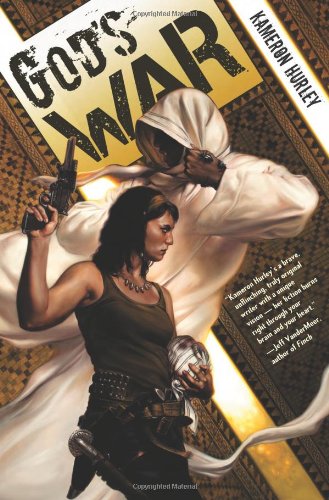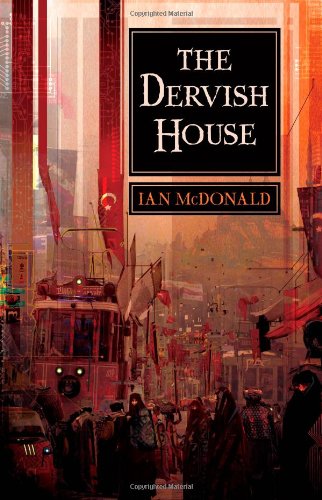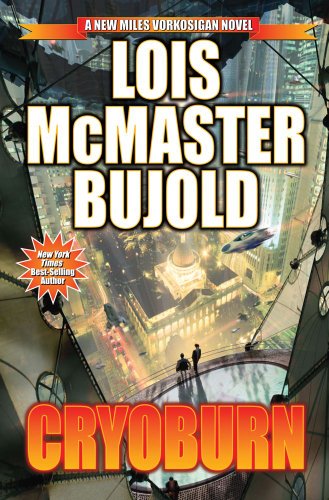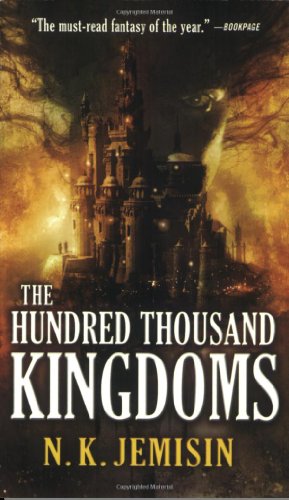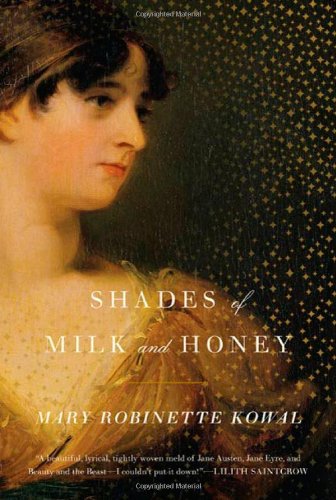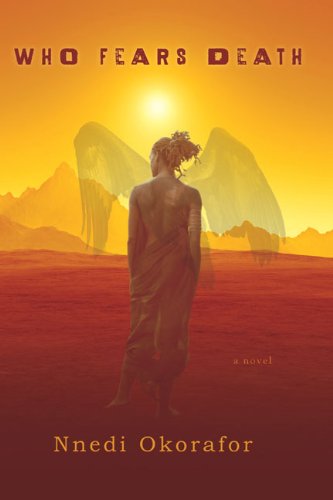There Always Time for the End of the World
 The world isn’t what we think it is. There are secrets known only to a few of us, and if you stumbled across them you might go insane.
The world isn’t what we think it is. There are secrets known only to a few of us, and if you stumbled across them you might go insane.
That’s the rational behind a particular subgenre of urban fantasy that includes such diverse fare as the successful Will Smith vehicle Men in Black and Tim Powers’ fantastic Three Days to Never. The genre is itself a branch off the horror story genre.
The Fuller Memorandum, book three of the Laundry Files, holds true to the best form of this type of story. Our intrepid hero, Bob Howard (not his real name), is an agent working for Her Majesty’s Occult Service, where he deals with everything from random hauntings to demonic possession. But there’s a leak in his department, and he’s the bait. Before long everything goes fantastically pear shaped, which is the best way for stories like this to go. After all, what’s more horrifying than finding that your best laid plans are missing essential details, or have been anticipated by the enemy?
I had read a Laundry Files short story a little while ago, but none of the novels. I’m also a big fan of Stross’s stories, and this story was no disappointment. Stross writes a judicious mix of first person account (as Bob Howard’s memoirs) and third person (framed as later reconstruction), all set in the familiar streets of London that turn into a maze beset by crazed cultists. The book makes occasional references to the Lovecraft mythos (like Bob Howard’s pseudonym), without making this a Lovecraft fanfic. The tone is light and chatty - Bob Howard explains that’s necessary to keep him from going insane from the horror - but that doesn’t lessen the tension one bit.
One particular feature of the story, the main villain, was especially fun. This is a character that starts out in a good light in the story, and not until the last few dozen pages is the villain’s identity revealed. The best villains don’t actually believe they’re doing anything wrong - can’t make omelettes without breaking a few eggs - and this villain is no exception.
Although The Fuller Memorandum is book three in a series, it’s perfectly readable without having read the previous two books. For that matter, The Apocalypse Codex, the fourth book in the series has just hit the shelves. Unless you need to satisfy your OCD itch not to read books in a series out of order, you should be OK to just dive into that one.
And dive in you should.
